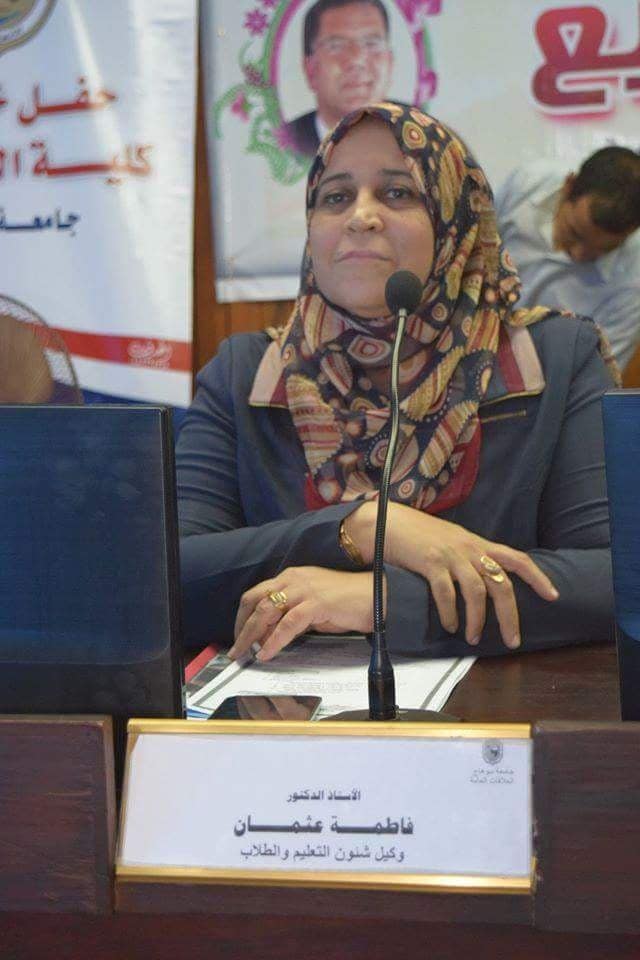Abstract
Introduction
Sustainability of architecture and urbanism issue is an important subject of concern of architects and planners worldwide. They are looking for achievement superior project , not only to achieve utility , economy, beauty, and durability, but also to achieve sustainability, as it seeks to reduce energy consumption, and reduce the adverse environmental effects, to give opportunity of better live for future generations.
The presence of a standard accurate is considered one of the most tools and means to measure the sustainability of the building , site, or city, This helps the designers as a reference and tool to design , construction , and manage environmentally friendly building , Also it share develop practices environmentally responsible.
Research Problem
Multiple methodologies have been developed for environmental assessment, and to measure its sustainability by group of experts, specialists, and practitioners , these are done through what is known as Councils of green building, LEED is an assessment tool was developed by United States green building council ( USGBC) to promote ability to evaluation ,the environmental performance of buildings , In United King , (UKGBC) set an assessment tool is named BREEAM , In Japan the assessment tool is named (CASBEE) Multiple countries worldwide set sustainable assessment tool , at least they set local standards and conditions for sustainability, to be met to obtain building permits for projects.
A big gap and various obstacles have been appeared in practice between the standards and the fact , locally . Also several problems faced the local projects such as ,that some measures adopted on the availability of infrastructure support of construction materials approved environmentally, in addition to dependence on the conditions and techniques are not available locally.
Objective of this research
The research aims to explore the possibility of access to a appropriate scale to measure the sustainability of local projects and to put guidelines which to derive this measure an anchor on the most important factors and determinants of sustainability of cities and stems of factors, climatic conditions and economic, technical and guided by international standards in terms of methodologies and measurement tools and requirements and the areas and stages, to proceed which to build standards achieve the objectives of sustainability and easy to apply locally.
Research Methodology
Research depends on the theoretical approach by studying the the main principles of sustainability and urban architectural projects, and then study the most important obstacles, which coincides with the application of these standards locally and empirical study of international experiences through study of three standards in the world as follow : -
LEED Leadership in Energy and Environmental Design which adopted in the United States
BREEAM (Building Research Establishment Environmental Assessment Methodology) adopted in the United Kingdom
CASBEE (Comprehensive assessment system for built environment efficiency) scale approved by the Green Building Council, Japan JAGBC
By comparing these criteria in terms of areas and the quality of projects and the evaluation system and tools used and the stages concludes to a set of theses that can contribute to the building and the adoption of a local measure of sustainability.

